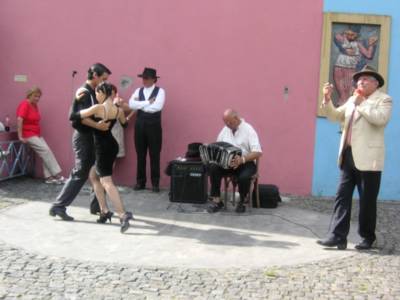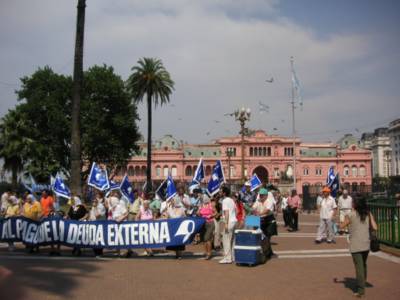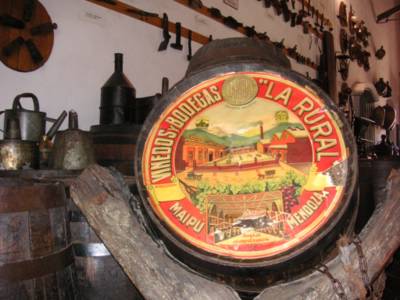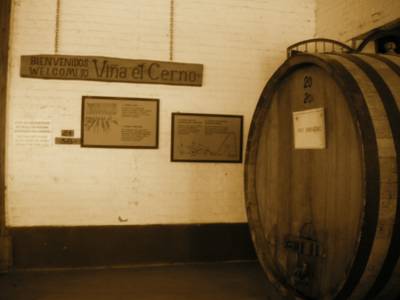Does the Goddess of Technology Speak Portugese?

Florianopolis, Brazil
For the first time this trip, there is not an internet cafe within a stone's throw of my hotel. The helpful manager told me there was one - over the hill and towards Juaqina beach. I set off on the half hour trek and wished I had brought my camera. Off the southern coast of Brazil, on a small island surrounded by over 40 beaches and dotted in the middle with lakes, lush green mountains and huge sugar-white sand dunes, Floripanópolis has got to be the most amazingly beautiful place I had never heard of before last week. I couldnt help but climb up the side of one of these giant dunes on the way to the cafe and was treated to the sight of a dozen or so Brazillian kids "sandboarding" down the opposite side. The sand was so fine and white it felt like hot soft talcum between my toes. I would have sworn they were snowboarding on fresh powder - had they not been shirtless and shoeless - their trademark flip flops left on the top of the crest as they strapped into their green and yellow boards and glided down laughing. After hiking back up one ran over to me with a warm smile and offered the board in my direction as if asking me if I wanted to try. I spent the next 45 minutes giggling, gliding, and tumbling down this mountain of shimmering sand in the middle of paradise with new friends - with whom I could barely communicate.
Back on the road, I walked past skinny stray dogs and equally skinny kids spilling out of the favelas and picking through trash together looking for food. I would have missed the internet cafe had I not spotted the small sign nailed to the trunk of a tree. The 'cafe' was in an industrious local's garage and had been transformed into a woking broadband technology center with 6 computers. Fernando worked the desk and was the technological wizard - his mom made coffee and fresh acaí fruit cups in the back. I enjoyed one mixed with banana and guaraná while I waited for a machine to open up. The cafe was bustling and by the furnishings I could see in their house, it looked as if the family had been able to achieve a modest level of elevated wealth. When I was able to get a terminal, I clicked on the universal icon for Microsoft's Internet Explorer and saw the familiar homepage of MSN pop up - but in Portugese. Complete with localized information, today it featured an article with health tips for keeping your body 'beach ready' for summer. It seems that even in these remote corners of South America, the march of technology is advancing - under the flag of large American corporations such as Microsoft.
In 1971, the Uruguayan author Eduardo Galeano published the amazing book "Open Veins of Latin America." Subtitled "five centuries of the pillage of a continent," he offers a history of Latin America in writing that flows as smoothly as a bossa nova melody yet delivers a leftist critique every bit as biting and incisive as his prose is suave. He argues that capitalist powers have continually exploited Latin America from the lust for gold and silver that led Spain and Portugal to mine the regions bountiful mountains to the US-dominated multinational enterprises that today continue to export profits while capitalizing on the cheap and abundant labor.
Underdevelopment, he argues, is not a stage of development, but rather its necessary consequence. By feeding and nourishing external development, Latin America locks itself into servitude and impotence. And it has been going on for centuries. In a chapter entitled, "The Goddess Technology doesn't Speak Spanish," he charges that the technological development promoted and advanced by capitalist countires only deepens the dependence of the countries of the region, making them ever more subservient, indebted and controlled by foreign powers. The liberal international system fosters and promotes this agenda, in the name of free trade.
After using protectionism for ages in order to achieve its current state of elevated power, the US now preaches the religion of free trade and rule of law in order to ensure the unfettered ability of its corporations to increase profits through exploitation. The rule of law is often cited in the liberal press and academia as the most necessary element needed to save and modernize the region. The rule of law demands that equal and fair treatment prevail. But what really is delivered? Anatole France aptly pondered that Law - in all its majestic equality - forbids the rich as well as the poor from sleeping under bridges, begging in the streets and stealing bread. Perhaps he should have added copying technology or stealing copyrights.
As if falling into its assigned and legally protected role, in technology as well as previous exercises in externally dominated development, Latin America generously supplies the raw materials and the cheap labor - the profits, however, are almost completely reserved for export. Loans to help promote technological advancement are recieved with assurances that foreign companies - with their momentum and strength - will not be 'unfairly discriminated' against in the allocation of the fruits of development. The transplantation of advanced countries' technology, Galeano argues, is a process of cultural and economic subordination. He claims it also has been shown, after five centuries of creating modernized oases amid deserts of backwardness and ignorance, to resolve none of the problems of underdevelopment. Here in this cafe in the middle of the sand dunes, in this oasis of technology amid a sea of poverty, is foreign technology carrying out its alleged criminal agenda?
In 1970, Galeano was not aware of the current technological advancements in communications technologies. In the 21st century, the internet has been touted by technophiles as a panacea for the world's ills. By breaking down borders of geography and barriers of communication, it is paving the way for greater prosperity for all. One wonders whether this is just another sugar coating for the most recent wave of imperalist exploitation. Who is benefitting from this technological modernization? Is it Fernando and his mom with their garage cafe? Or is it Microsoft, delivering slick local Brazillian content while efficiently exporting the profits and filling the pockets of the world's richest people? Dell? Intel?? As I leave the cafe and walk past the countless skinny dogs and kids from the favelas, I am left wondering.










